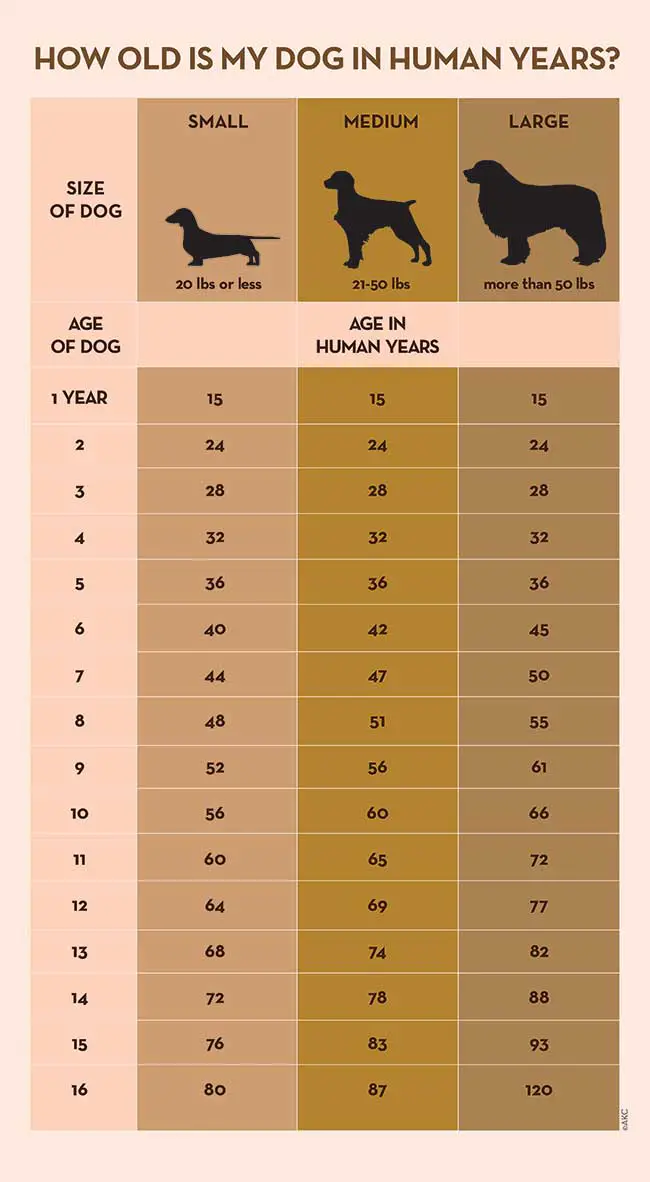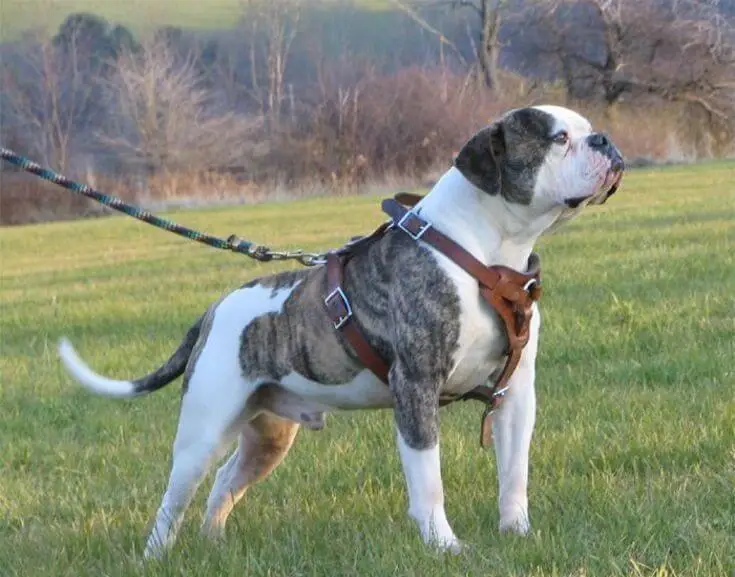From the general development of their body to more in-detail changes like the formation of their teeth, there are actually a lot of ways in which you can identify a pet dog’s approximate age and then translate it into dog years. This is when, of course, you don’t have an exact birth date for the animal.
You’ve probably heard a lot of people saying that one year in ‘human years’ is around seven in ‘dog years’, but is this really the case? It turns out that things aren’t always as straightforward as multiplying its age with 7. Some new studies have uncovered that things will be a little more complicated than that and I`ll go over this in the next part of the article.
So how will you calculate your dog’s age?
So let’s go over the latest technique that offers accurate results in dog age calculation. Knowing how you will have to apply this step by step will make it possible for you to tell the exact stage in the life of a dog. Knowing the age stage of a dog’s life might help you figure out the best food, training, and activities for your dog, as well as its general needs. It’s also pretty fascinating and a great discussion topic at parties.
You might also like my articles on the best time to feed your dog, the number of nipples on a dog, and treating seed ticks on dogs.
Is 1 dog year 7 human years?
So let’s get back to basics: How real is the saying that one human year will mean 7 years in the life of a dog? Although this is a really popular saying, things are considerably more complicated than that. The human-to-dog age conversion will, in fact, change almost year to year and will depend on the size and age of your pet. The American Kennel Club explains it perfectly. According to them, pups will get around 15 human years in their first year of life and the second one will only equal to nine additional years.
When the pup will get past the two-year mark, these numbers will differ quite a lot. For larger breeds, the aging process will be faster per se, which means that they will have a higher human age equivalent than in the case of smaller dogs of the same real age. Before getting sad about the fact that your big dog might live less, keep in mind that this age estimate is just a number and there’s no correlation between it and the health of a pet or its life expectancy.
How should I calculate dog years to human years?
Although I’m sure you’re eager to find the quick match behind getting your pup’s age in human years, you will have to first go through a few steps before reaching this answer. This is easily broken down by the AVMA (American Veterinary Medical Association) below:
- The first year of a dog’s life will be equal to the first 15 years for a human.
- The second year of life for a dog will then be equal to about nine years of a human, which makes a two-year-old pup of medium size experience the development of a 24-year-old human.
- From that point on, every year lived by a dog will be the equivalent of around five years lived by a human.
It might seem a lot harder to calculate the dog’s age as it gets older, but you should also consider another important factor. These statistics were made by the AVMA around dogs of medium sizes. When it comes to smaller breeds, they will usually age at a slower rate in terms of their human age. On the other hand, for larger dogs, unfortunately, their physical aging will be faster, which is quite expected and normal, so they will also have a shorter lifespan. This means that for larger dogs, one canine year will mean more than five human years.

The age in human years for a 10-year-old dog
As I already said, before getting into any calculations, we need to have an idea of the actual breed or, if this is uncertain, at least its size, to better estimate its human years. If you don’t have this information, then the age calculation won’t really work, because it will differ quite a lot between small pets and large ones. All websites presenting age estimations will usually refer to medium-sized dogs unless stated differently. A, infographic by the AVMA perfectly lists the human ages for dogs of 10 years of age as being somewhere between 56 and 78, depending on their size and weight. This estimation is similar to what the veterinarians from PetsWebMD got for 10-year-old dogs: 60 to 66 years for the medium to large dogs and 56 human years for smaller breeds.
Ask your vet for help
You can figure out the age on your own, but why get caught up between all the numbers? It’s actually not a big deal to ask a professional for help. Your vet will be able to estimate the pet’s human age within a normal consultation. An experienced vet will not only tell you the dog’s age but also offer you some pointers and tricks around reading the age of your dog.
In the end, this number doesn’t really matter and the happiness and healthy life of your pet should be the only thing to have in mind. It’s true that based on their human age, dogs will have different mental development stages, but these changes aren’t as obvious as in the case of humans, and you will also be able to figure out their mental stage through their activity levels and behavior.




